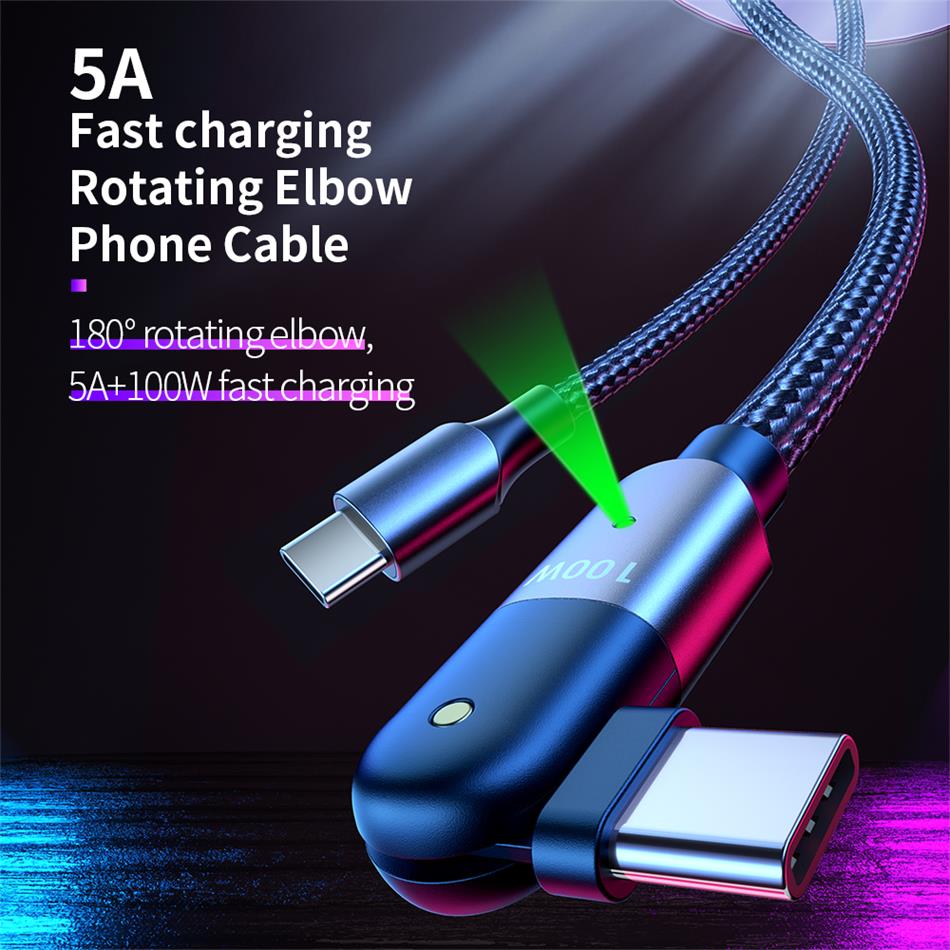Foreword: In the past, LEDs can only be used as the status indicator. The heat dissipation of the package has never been a problem. However, in recent years, the brightness and power of LEDs have been actively improved, and they have been used in applications such as backlighting and electronic lighting. The problem of package heat dissipation has quietly emerged.
The above-mentioned teachings are somewhat confusing. Isn’t the brightness of LEDs ever exceeded today? In 2003, Lumileds Lighting company Roland Haitz based on an empirical technique inferred from past observations. Starting from the first commercial LED in 1965, in the development of these 30 years, LEDs are about every 18 months. In 24 months, the brightness can be doubled, and in the next 10 years, the brightness is expected to increase by 20 times, and the cost will be reduced to 1/10 of the existing one. This is also the Haitz law that has been popular in recent years. It is considered to be the Moore law of the LED industry.
According to Haitz's law, LEDs with a brightness of 100 lm/W (100 lumens per watt) appeared around 2008 and 2010, but the actual development seems to be more advanced than the law. June 2006 Nichia Chemical Industry (Nichia) Engineering samples up to 100lm/W white LEDs have been available and are expected to be officially put into mass production by the end of the year.
Remarks: Haitz's law can be said to be the Moore's law in the field of LEDs. According to Roland Haitz, LEDs can double the luminous efficiency in almost 1824 months in the past 30 years, and thus estimate the next 10 years (2003) 2013) will grow 20 times more brightness, but the price will be only 1/10 of the current price.
Not only the brightness continues to increase, but also the heat dissipation technology of LED has been improved. In 1992, the thermal resistance of an LED was 360 °C / W, and then dropped to 125 ° C / W, 75 ° C / W, 15 ° C / W, Now it is at the point of 6 °C / W10 °C / W. More simply, in the past, for every watt of power consumed by LED, the temperature will increase by 360 °C. Now it consumes 1 watt of electricity, but the temperature only rises by 6. °C10 °C.
A small number of high-brightness, multiple and dense arrangements are the main cause of heat increase
Since the brightness efficiency is improved and the heat dissipation efficiency is improved, isn't it more contradictory? Should there be no more heat dissipation problems? In fact, it should be said more strictly that the heat dissipation problem is not high brightness, but high power; not in traditional packaging, but in new packaging and new applications.
First of all, in the past, it was only used as the LED of the indicator light. The current of each single (light conduction) is between 5mA and 30mA, which is typically 20mA. Now the high-power LED (Note 1) is Each single will have a current of 330mA1A, and each "power consumption" is increased by ten times or even tens of times (Note 2).
Usb C Cable is also known as Usb Cable Type C interface,is an interface specification consisting of a Type-C plug and a type-C socket.Its highlights are thinner design,faster transmission speed (up to 10Gbps),stronger power transmission (up to 100W).In addition, USB-C interface also supports double-sided insertion,front and back can be inserted at will, compared with USB2.0/USB3.0 more advanced.Usb-c has been given better media properties,faster transfer speeds,and better compatibility with charging.The new generation USB-C has faster transmission speed than USB,stronger power transmission, smaller interface size,and supports bidirectional transmission with stronger compatibility.
Thinner bodies require thinner ports,which is one of the reasons USB-C is here to stay.The USB-C port is 0.83 cm long and 0.26 cm wide.The old USB port measuring 1.4cm long and 0.65cm wide looks outdated.This also means that the end of USB Cable will be one-third the size of the plug of A standard USB-A cable.The USB-C port is the same on the front and back.This means that no matter how you insert the port,it will be correct.Users do not have to worry about the pros and cons of traditional USB ports.

Usb C Cable,Custom Usb C Cable,Flexible Usb C Cable,Braided Coiled Usb C Cable
Henan Yijiao Trading Co., Ltd , https://www.yjusbhubs.com